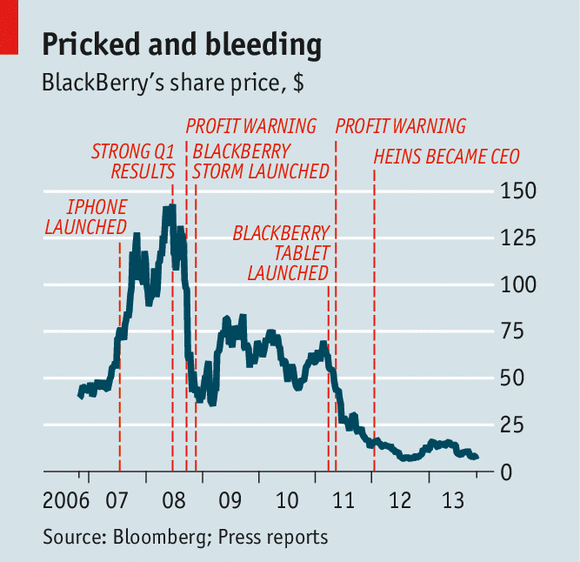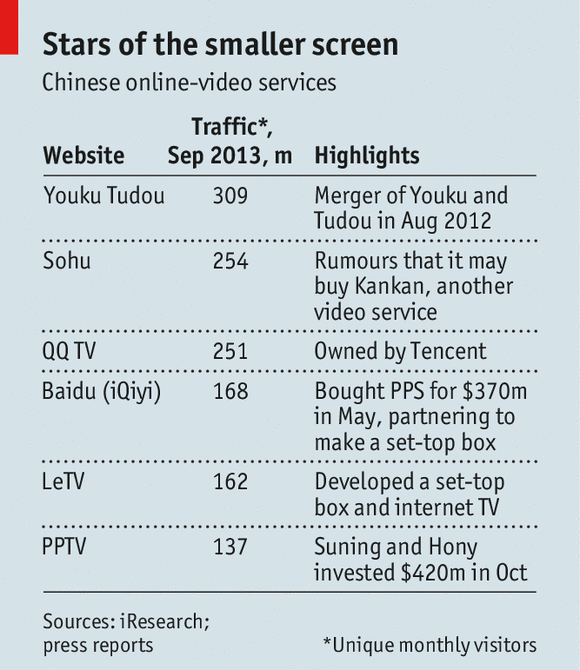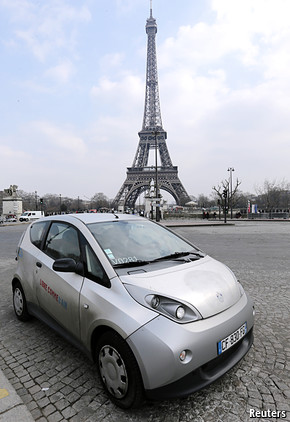![]()
The smartphone industry has caused a decrease in the number of consumers who are willing to purchase DSLR and ILC cameras. Canon, for example, says it now expects to sell 8 million DSLR and ILC cameras in 2014, down from its original forecast of 9 million. A blog posted by Alison Jang called Is the End in Sight for Big Camera Companies? outlines the main reasons for this decline within the framework of Porter’s Five Forces.
However, Canon can still remain profitable despite more and more customers choosing smartphones as a substitute product. One way that Canon may able to achieve this is for the company to reposition and restructure itself. Referring to Porter’s Generic strategies, DSLR and ILC cameras are high cost and are targeted towards a narrow customer segment who prefer higher quality pictures than the pictures that smartphones are able to take. Thus, Canon should implement a differentiation focus strategy rather than targeting their cameras towards the general public with a differentiation strategy. This would not only decrease advertising fees as now they are only targeting a particular customer segment, but could also potentially increase their customer base as more customers who desire for professional cameras would know about their products. Down scaling production is also an option if sales continue to decrease, as it would prevent Canon from experiencing diseconomies of scale.
Despite the drop in sales, it’s not the end for Canon, at least not yet. If the company were able to implement the right strategies, then it would be able to eventually counter the threat posed by smartphones and continue to remain profitable.
Works Cited



 Gathering customer information is an integral part of any business strategy as it allows businesses to employ market segmentation and thus devise the most the appropriate marketing strategy for their current and future products. However, sometimes this could lead to unintentional stress among customers. Imagine your phone company tracking down not only your phone usage, location and payment patterns but also your internet usage as well. Seems sketchy, eh? This is the new strategy for Bell, who said it would collect customer information with the intention of
Gathering customer information is an integral part of any business strategy as it allows businesses to employ market segmentation and thus devise the most the appropriate marketing strategy for their current and future products. However, sometimes this could lead to unintentional stress among customers. Imagine your phone company tracking down not only your phone usage, location and payment patterns but also your internet usage as well. Seems sketchy, eh? This is the new strategy for Bell, who said it would collect customer information with the intention of 






 Image: Xiao Mi’s boss Lei Jun holding a press conference on Xiao Mi’s new release, the Mi3
Image: Xiao Mi’s boss Lei Jun holding a press conference on Xiao Mi’s new release, the Mi3
